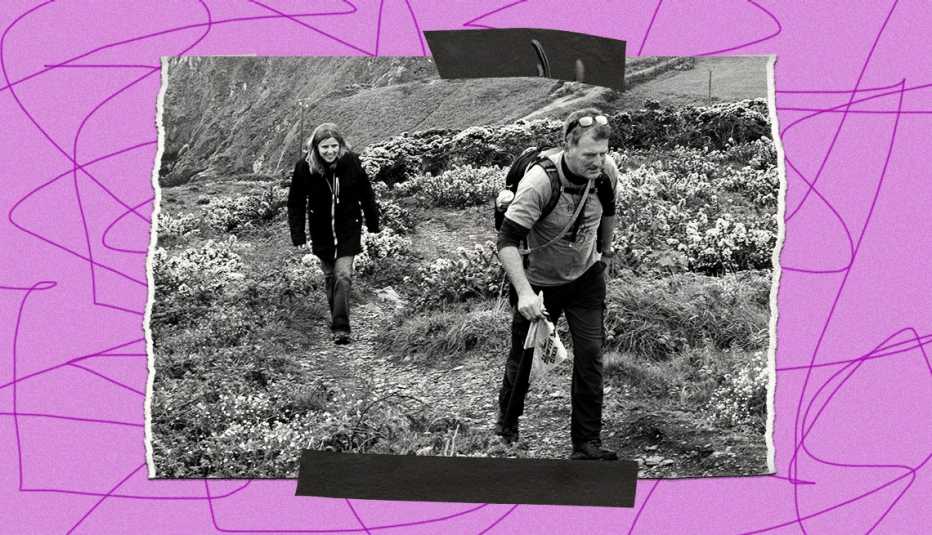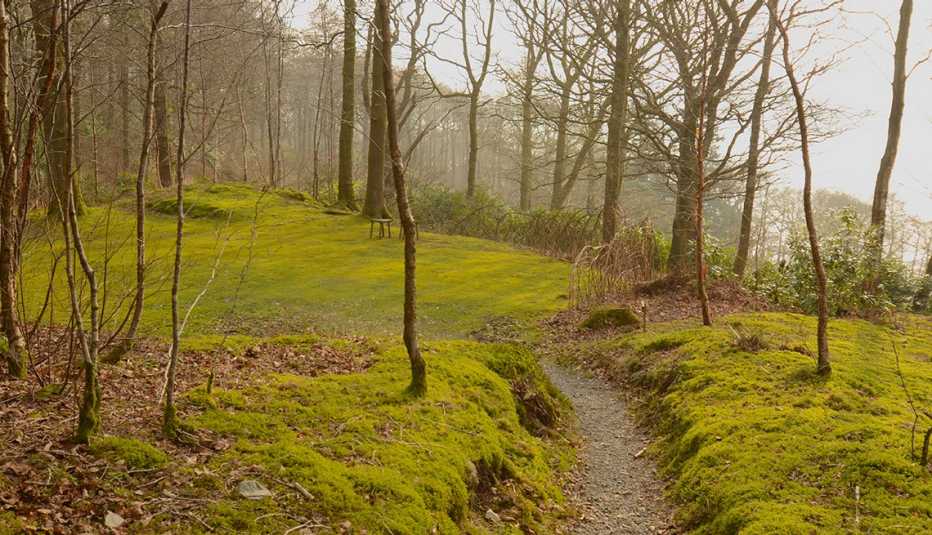Staying Fit


The importance of walking for personal health is well documented. I admit, I don’t prioritize a daily stroll when at home, but when I travel, I count on walks as a key facet of my active vacation. I like to take guided tours whenever possible, and I’ve booked walking vacations with luggage-forwarding services that alleviate logistics and let me focus on the trails. Unlike my backpacking experiences, a comfortable bed and pillow await me each evening.
Walking served as the modus operandi for the 19th-century American philosophers who celebrated and fought to preserve the natural places we cherish today. In Henry David Thoreau’s essay “Walking,” which first appeared in Atlantic Monthly in 1862, he proclaimed, "Two or three hours walking will carry me to as strange a country as I expect to ever see."
Obviously, Thoreau didn’t have to worry about crossing freeways, cluttered cities and other modern impediments on his sojourns. Fortunately, the establishment of new trails is a trend all over the United States. Communities have opted to create rail-to-trail systems, ring walks around cities and a variety of other greenways.
Walking provides a wonderful way to combine nature, exercise and local culture. My two favorite places to plot walking holidays are England and Ireland. Both nations have public right-of-way policies — the legal right to walk historic paths even when they cross private property. I love how English trails traverse farmers’ fields as well as moors, mountains and woodland. Ireland’s 43 National Waymarked Trails cover every corner of the Emerald Isle, as I’ve discovered from just outside Dublin to the Wild Atlantic Way on the west coast.
Walking the Lake District trails in Northwest England
I first discovered the right of way when shadowing the steps of poet William Wordsworth in Lake District National Park in Cumbria, Northwest England. Located 275 miles from London, the Lake District is covered with trails that depart pretty villages to ascend the fells, cross the moors and bisect the farmers’ fields.


Wordsworth was a major-league walker. When at University of Cambridge, he spent two summers treading all over continental Europe, returning late to school each time. As a teenager, he would walk 10 hours from his home in Cockermouth to his boarding school in Hawkshead. To honor his trek, I walked the 4.1-mile path from Latterbarrow to Hawkshead, where I enjoyed a well-deserved ploughman’s lunch at the Tower Bank Arms, a 17th-century pub.
A popular two-day walk from the Wordsworth House in Cockermouth to Rydal traces the steps of Dorothy Wordsworth — William’s sister, companion and muse — from her birthplace to where she died. An overnight in Keswick is standard for this 34-mile journey.
I choose the far less arduous 5.4-mile loop from Rydal to Grasmere that also covers Wordsworth country. The walk takes about three hours, but I paused to visit Dove Cottage and Rydal Mount, former homes of the romantic poet. Dorothy and William are buried in St. Oswald’s cemetery in Grasmere. You can view St. Oswald’s church from inside the adjacent Grasmere Gingerbread Shop, an ideal spot for tea.
Most trails in the Lake District are clearly marked and graded for difficulty. You can certainly get your mountain goat on in many spots, as I discovered one afternoon while scaling Loughrigg Fell from the village of Ambleside. The moderately difficult trail takes about four hours to walk, with 1,952 feet of elevation change over the 7.6-mile loop. The views of the fells, crags and, especially, Windermere, the region’s largest lake, quickly put the climb out of my mind.
More than 1,200 individual walking trails lattice Lake District National Park. The park offers free guided walks several days a week on a variety of routes. Not every stroll I take is led by a docent, but walking in the company of a local guide slows me down and allows me to hit pause on my daily-steps obsession to study a rare orchid, to hear an anecdote about a local farmer or, in the Lake District, an opinion about the area’s most impactful former resident, the children’s book author and Peter Rabbit creator Beatrix Potter.
Potter’s cast of anthropomorphic characters springs to life everywhere in “The Lakes.” Waistcoated Jeremy Fisher “lived” in Estwait Water; Flopsy and Mopsy inhabited Potter’s Hill Top garden, a public museum today. Potter purchased 15 farms spread across 4,000 acres, and eventually bequeathed the property to the National Trust.




































































More Members Only Access